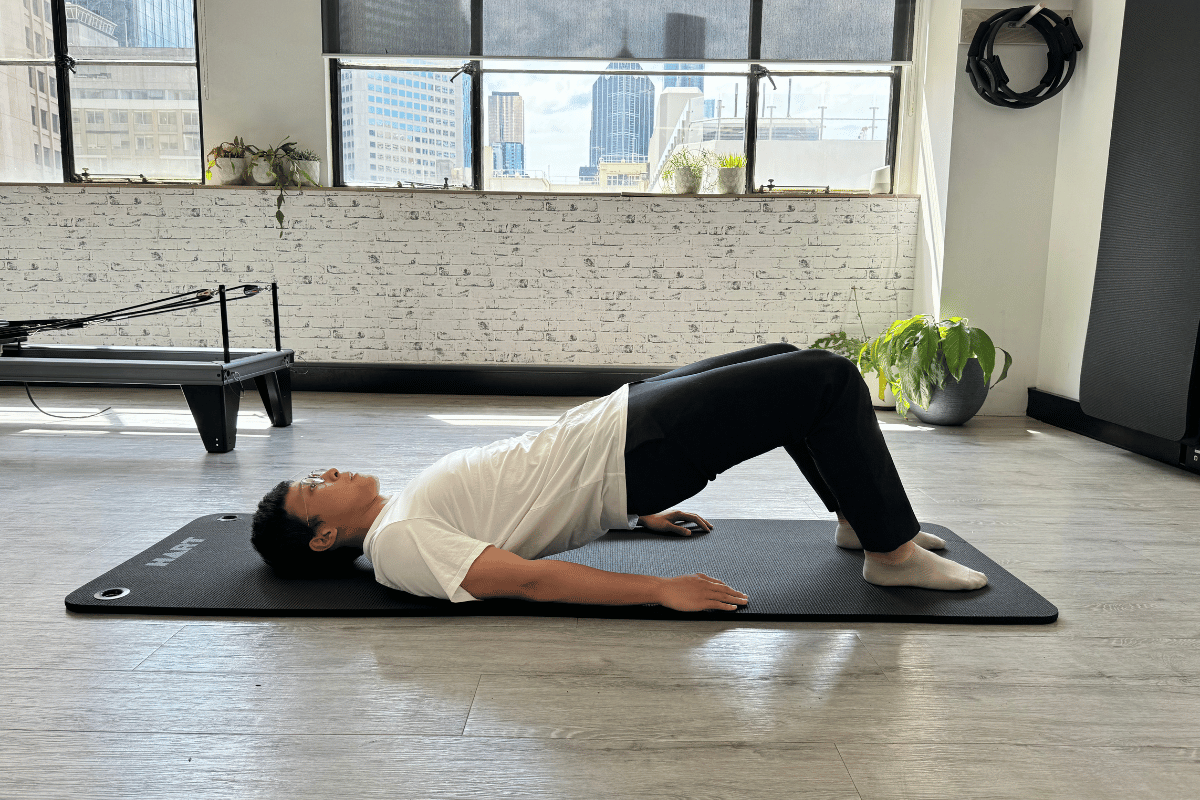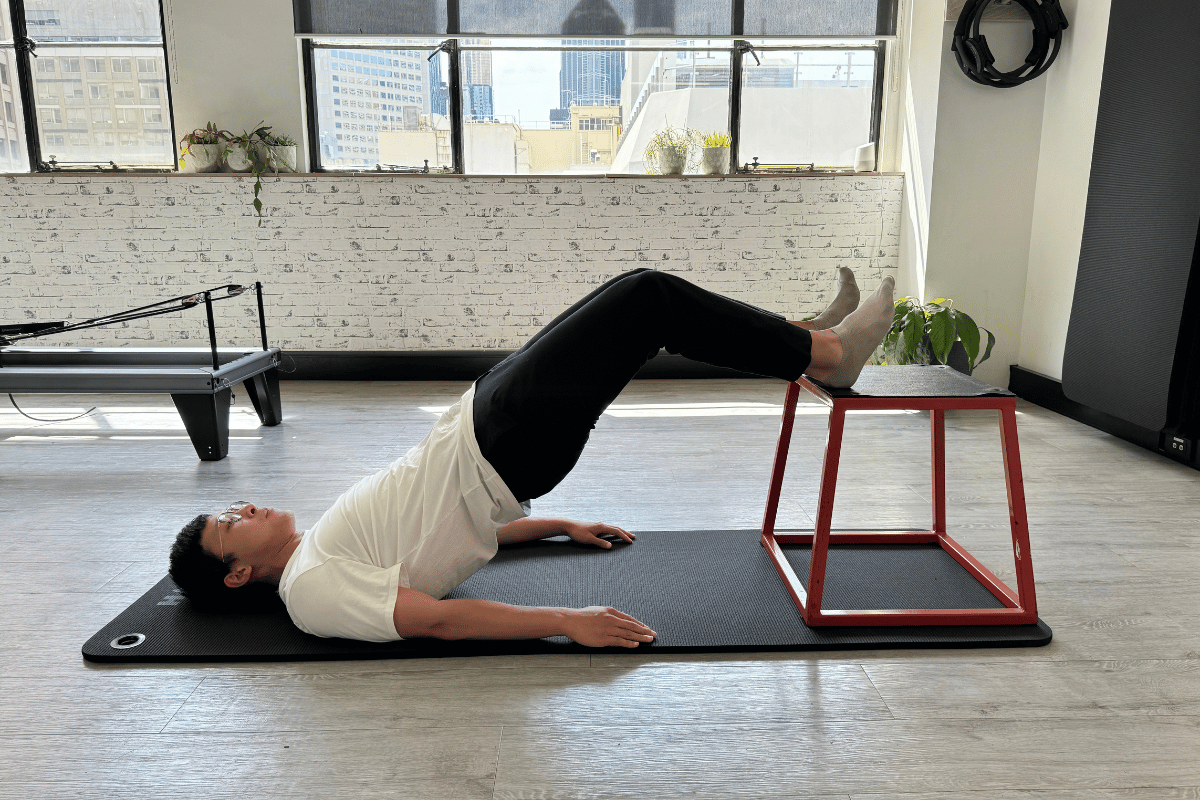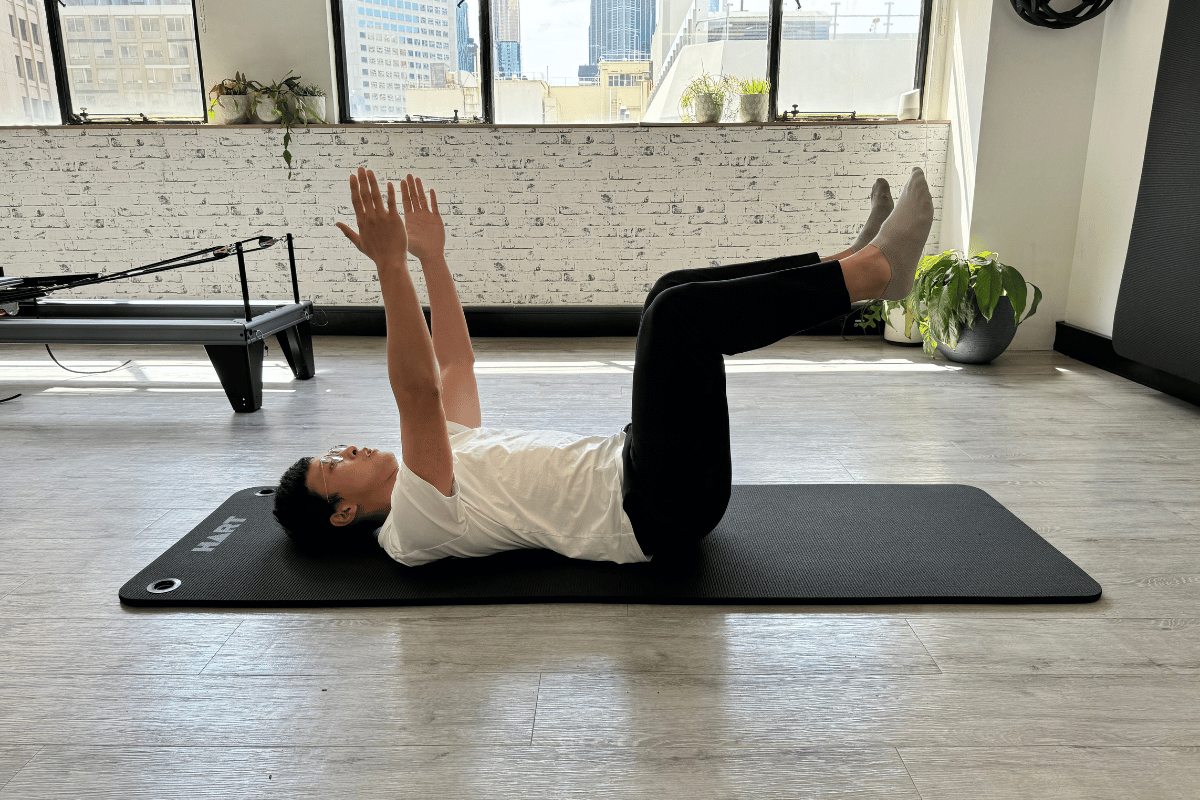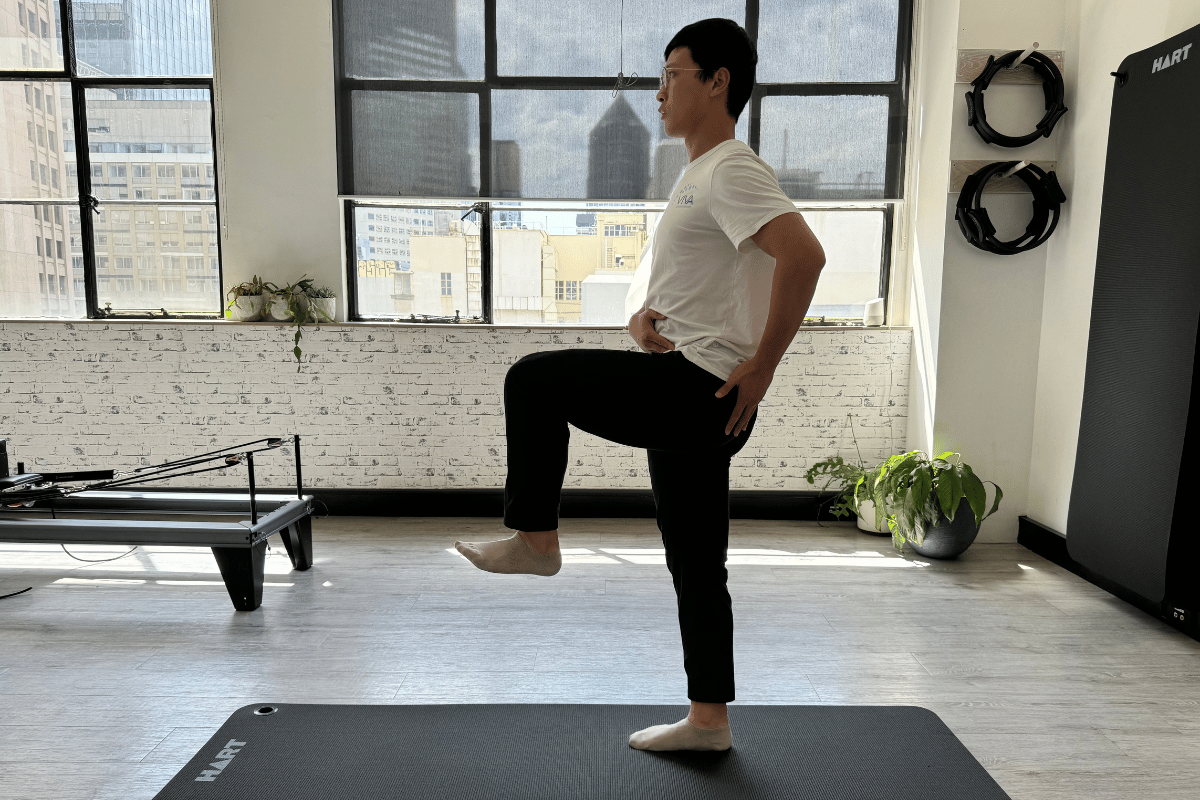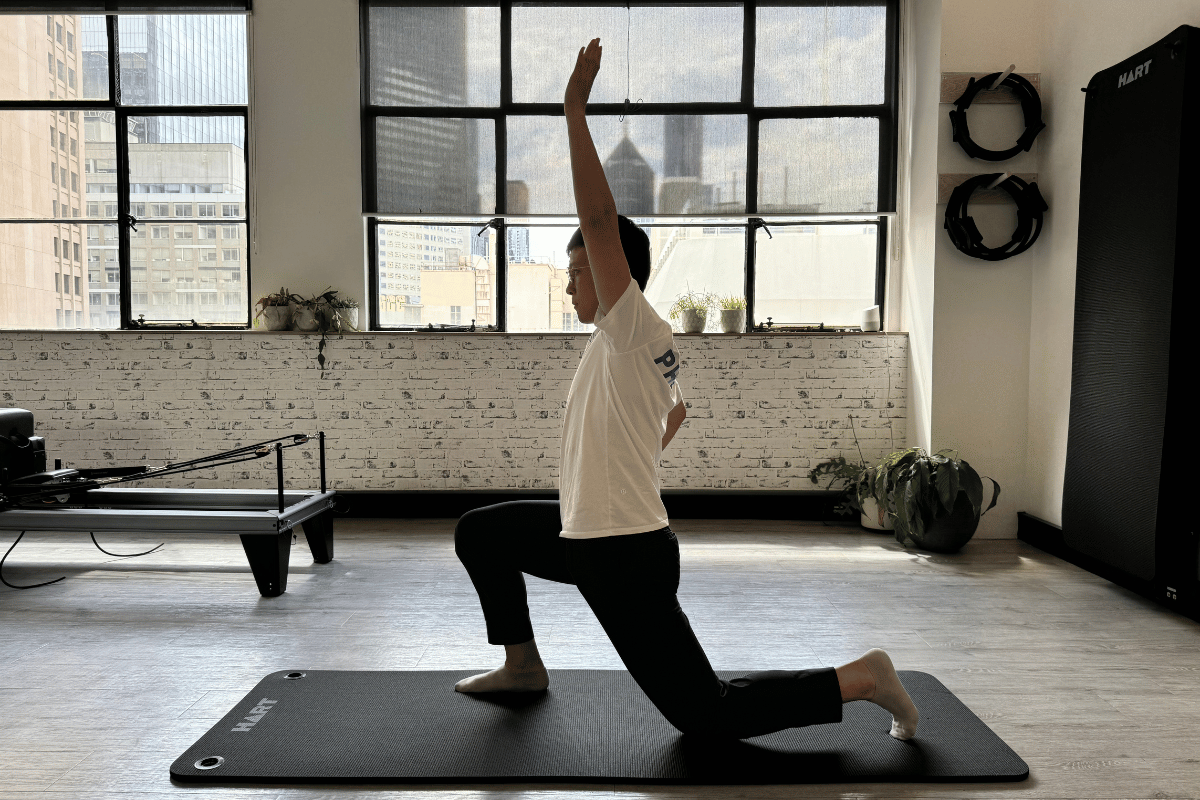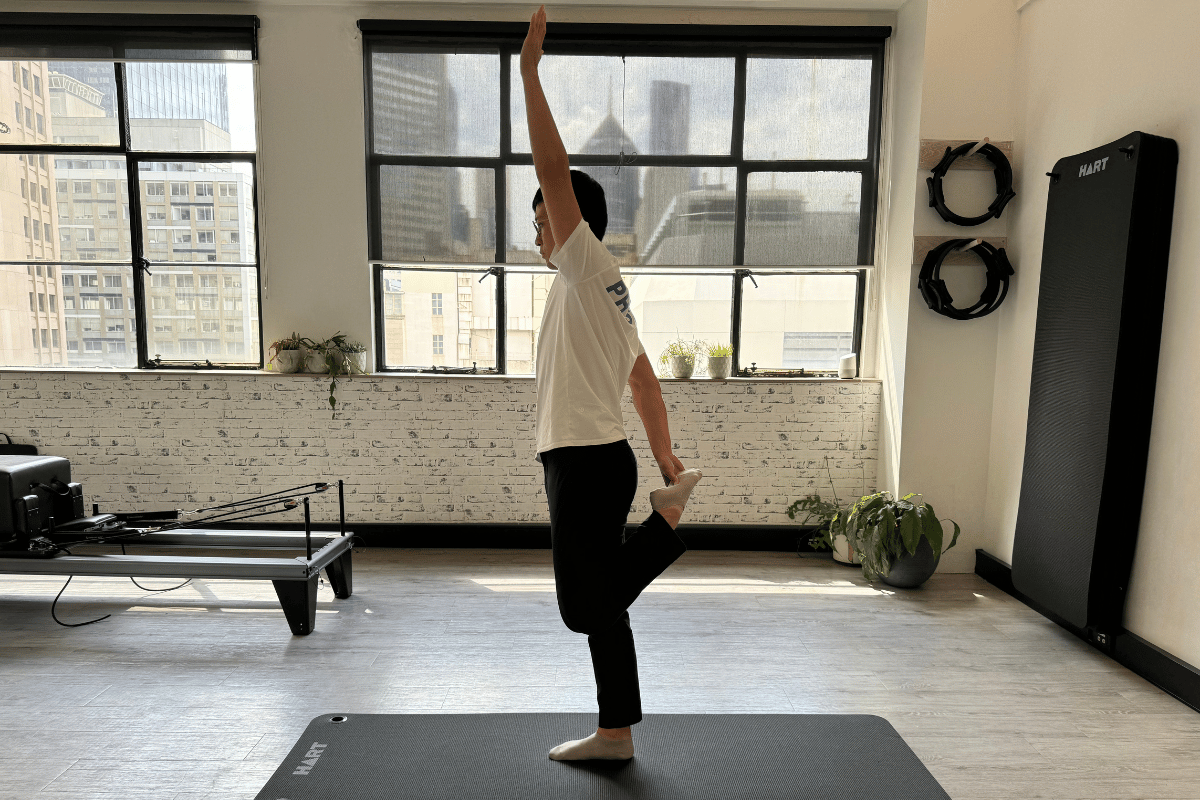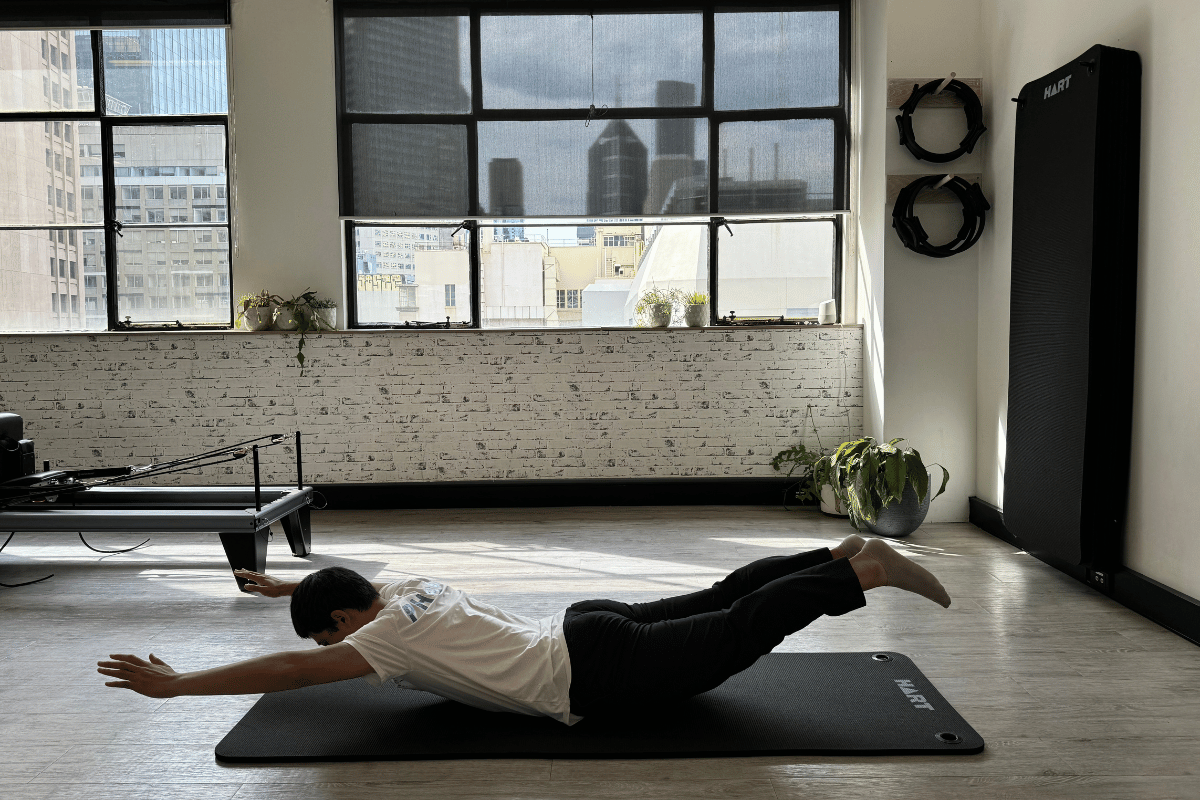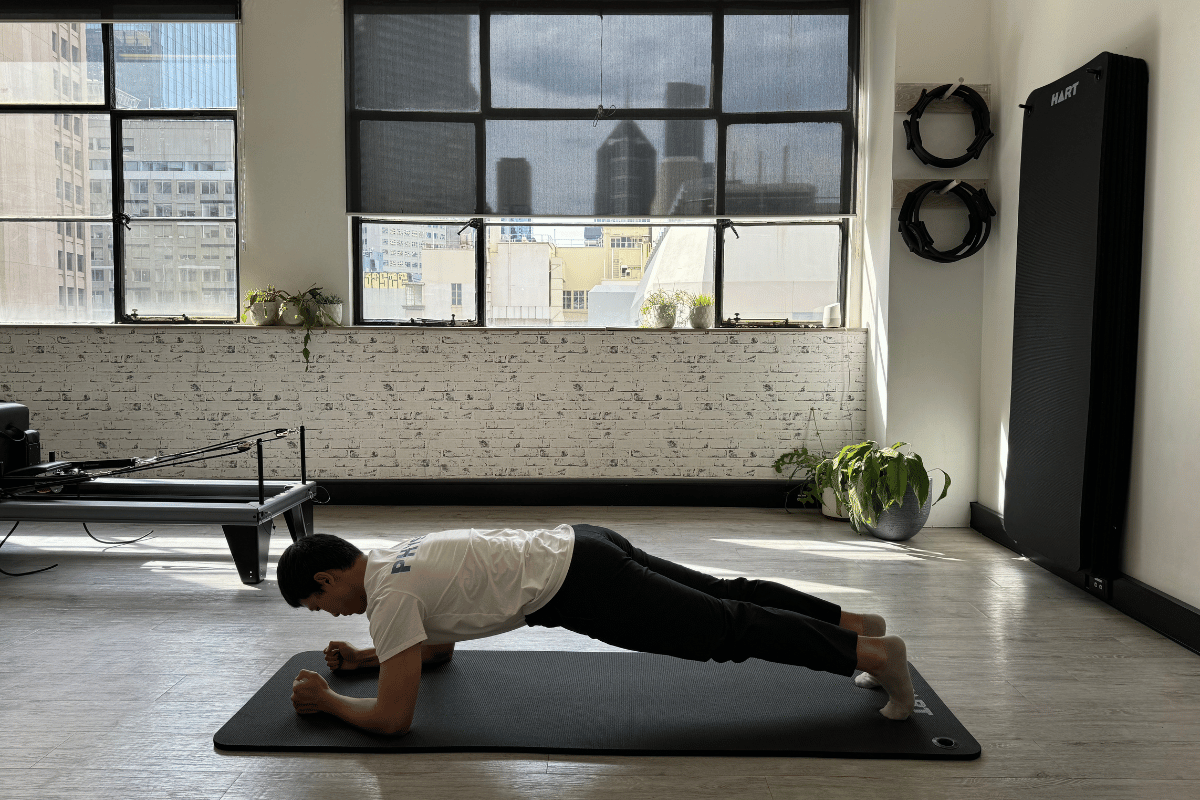The Runner’s Guide to Understanding and Preventing Lower Back Pain
As a physiotherapist and strength and conditioning coach with over a decade of experience in the world of running and sprinting, my journey in this field is a continuously unfolding story.
It’s a journey fuelled by a passion for understanding the mechanics of the human body and helping athletes excel in their pursuits.
In this post, I’m excited to share my knowledge and insights with all of you. Our topic today is one that’s close to my heart – the intricate connection between running and lower back pain. So, let’s lace up our running shoes and dive into this exploration together.
Have you ever experienced that dreaded lower back pain while running or after a run? I certainly have, and I remember that awful experience all too well.
It was during pre-season training back in 2021. I had just returned from a holiday trip, and like many of us do during the off-season break, I had put on a couple of extra kilograms. But my eagerness to kick-start the season took over. I recall a seemingly routine pre-season endurance session, beginning with a 5km warm-up.
After being inactive for a while, I expected some minor discomfort in my lower back – a small niggle, perhaps. Little did I know what lay ahead.
Without hesitation, I transitioned into a proper 5km run session, aiming for a brisk 5-minute per km pace. As the km passed, I could feel the fatigue building up in my legs and my form began to deteriorate. I found myself arching more through my back, and with each arm swing and leg swing, the pain in my lower back intensified. It was at that precise moment when I realised something had gone seriously wrong within my body.
Zoom into our Lower Back!
During running, there’s often a natural inclination to increase anterior pelvic tilt to enhance leg swing performance and propel forward with more force. However, it’s important to understand that this adjustment in pelvic positioning increases compression forces on the lower back from a structural perspective. As it’s widely recognised, running involves the repetitive application of force on the ground to generate forward motion, but it’s crucial to realise that with each step taken during running, the ground reaction force is also transmitted back through the lower limbs and spine.
The constant structural pressure resulting from an anterior pelvic tilt and the repetitive loading of ground reaction forces can lead to fatigue in the lower back muscles. This, in turn, causes the lower back to bear the brunt of the load, ultimately leading to structural overload and the onset of pain or discomfort.
It’s worth noting that other structural weaknesses can also contribute to these issues, impacting biomechanics. For example, weaknesses in the deep core muscles, glutes, lower back muscles, or experiencing a disc injury, tight hip flexors, or tight hamstrings can all play a role. However, today’s focus is on correcting running posture to alleviate lower back pain. We can delve into other pathologies later in other blogs.
Is Anterior Pelvic Tilt good for running or not?
Please do not get me wrong; I am not saying anterior pelvic tilt is incorrect. In fact, it’s quite the opposite. Anterior pelvic tilt, when properly harnessed, offers several advantages in running from a sport science and efficiency standpoint.
Anterior pelvic tilt, to a certain extent, can enhance running efficiency by facilitating an improved range of motion in the hips and legs. It enables the runner to extend their hip flexors and generate more power during the push-off phase, increasing forward propulsion. This controlled tilt aids in achieving a better stride length and can lead to a more fluid, energy-efficient gait.
We don’t require excessive anterior pelvic tilt, which can indeed lead to lower back pain. Instead, it’s about finding the optimal anterior pelvic tilt to enhance our running efficiency.
How to prevent excessive Anterior Pelvic Tilt?
Understanding the anatomical structures connected to the pelvis is essential to prevent excessive anterior pelvic tilt.
Overactive hip flexors, such as the iliopsoas and rectus femoris, have a tendency to pull the pelvis forward into this tilted position. On the other hand, the gluteal muscles, particularly the gluteus maximus and medius, play a counterbalancing role, helping to maintain a more neutral pelvic alignment.
Strengthening the core, including the abdominal muscles, and hamstrings is also crucial for pelvic control. These muscles work together to support and stabilise the pelvis during running, enhancing overall biomechanical efficiency and reducing the risk of lower back issues.
Exercise Tips
Glute Bridges (15 reps x 3 sets)
- Lie on your back with knees bent and feet hip-width apart
- Lift your hips off the ground by squeezing your glutes
- Lower your hips back down and repeat
Hamstring Bridges (15 reps x 3 sets)
- Lie on your back with knees bent and heels on chair
- Lift your hips off the ground by shing on heels
- Lower your hips back down and repeat
Dead Bug for core (15 reps x 3 sets)
- Lie on your back with knees bent and feet hip-width apart
- Lift both knees off the ground in 90-degree hip flexion
- Lower your feet back down and repeat
Single Leg Stance Hip Flexion (15 reps x 3 sets)
- Standing upright with feet hip-width apart
- Lift one side of knee off the ground and standing tall with the supported leg
- Lower the foot back down and repeat
Hip Flexor Stretch (30 secs x 2 reps)
- In a lunge position
- Push hip forward to stretch the hip flexor on the kneeling side
Quadriceps Stretch (30secs x 2 reps)
- In a single leg standing position
- Hold the foot with the alternate hand to stretch the quadriceps
How about Lower Back Strengthening?
A mentioned above, muscles in the lower back play a vital role in shock absorption during running. As each foot strikes the ground, a significant impact force is generated, which travels up the legs and into the spine.
The lower back muscles, including the erector spinae and multifidus, act as dynamic stabilisers, contracting to control and disperse this force. They work in concert with the core muscles to maintain proper spinal alignment, effectively distributing the shock and reducing the strain on the lumbar vertebrae. This coordinated effort not only safeguards the lower back from excessive stress but also enables runners to maintain a smoother and more comfortable stride, ultimately enhancing their overall running experience.
Exercise Tips
Superman (20 reps x 3 sets)
- Lie face down with arms extended
- ift arms, chest, and legs off the ground, engaging your lower back and glutes
- Lower to the ground and repeat for strengthening the lower back
Plank (30 secs x 5 reps)
- Get into a push-up position on your elbows/ forearms
- Keep your body straight from head to heels
- Hold this position, engaging your core and glutes
- Breathe steadily and maintain proper form
Is It Okay to Run with Lower Back Pain?
Running with lower back pain is generally not advised. Doing so can worsen the condition and potentially lead to more severe injuries, such as stress fractures in the lower back, spondylosis, or disc injuries.
It’s crucial to pinpoint the root causes of your pain, seek guidance from a physiotherapist, and provide your body with the necessary time to heal before considering a return to your running routine. Your long-term health and well-being should always take precedence over short-term goals.
Find your balance
A certain degree of anterior pelvic tilt can aid running efficiency, it’s essential to manage it effectively.
We explored the importance of understanding the anatomical structures that contribute to pelvic movement, including the role of hip flexors, gluteal muscles, core strength, and posterior thigh muscles. By finding the right balance and incorporating proper strength training and stretching routines, runners can mitigate the risk of lower back pain and maintain optimal pelvic alignment. However, running with existing lower back pain is discouraged, as it may lead to more severe injuries.
Prioritising one’s health, consulting with a physiotherapist, and allowing the body time to heal are paramount. In the pursuit of a healthy and sustainable running journey, finding the equilibrium between running efficiency and lower back health is the key to success.
